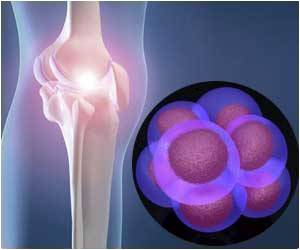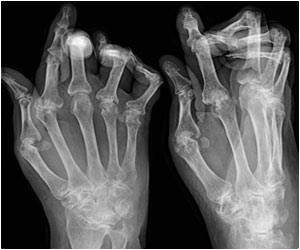
A team of palaeontologists created a database of all known impressions of dinosaur skin tissues. They then identified those that had feathers or feather-like structures, and considered relationships in the dinosaurian family tree.
The study, done by Paul Barrett of the Natural History Museum in London and David Evans of the Royal Ontario Museum in Toronto, indicate that although some ornithischians, such as Psittacosaurus and Tianyulong, had quills or filaments in their skin, the overwhelming majority had scales or armour. Among sauropods, scales were also the norm.
"I'd go so far as to say that all dinosaurs had some sort of genetic trait that made it easy for their skin to sprout filaments, quills and even feathers. But with scales so common throughout the family tree, they still look like they are the ancestral condition," said Barrett.
The findings were shared by Barrett and Evans at the annual meeting of the Society of Vertebrate Palaeontology's in Los Angeles.
"We don't have primitive dinosaurs from the late Triassic and early Jurassic periods preserved in the right conditions for us to find skin or feather impressions. This picture could quickly change if we start finding early dinosaurs with feathers on them," argued Richard Butler, a palaeontologist at the University of Birmingham who was not associated with the study.
Advertisement
By contrast, the ornithischian lineage - which had animals such as Triceratops, Stegosaurus and Ankylosaurus - and the huge, long-necked dinosaurs in the sauropod lineage, were considered to be scaly.
Advertisement











